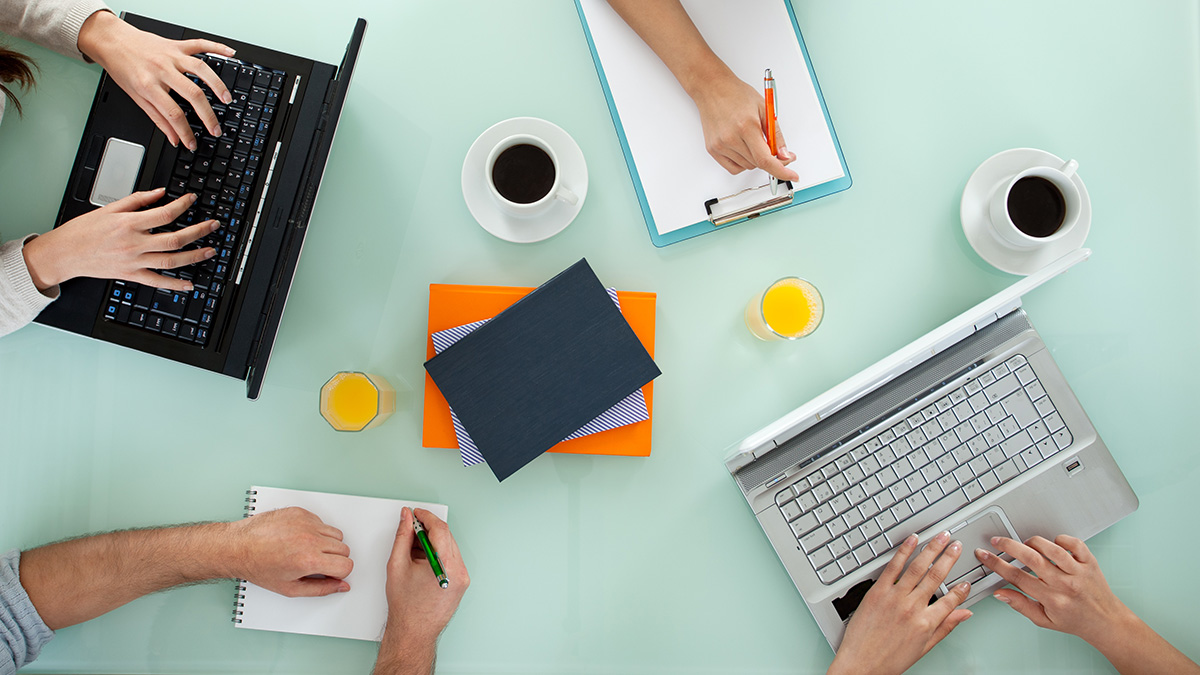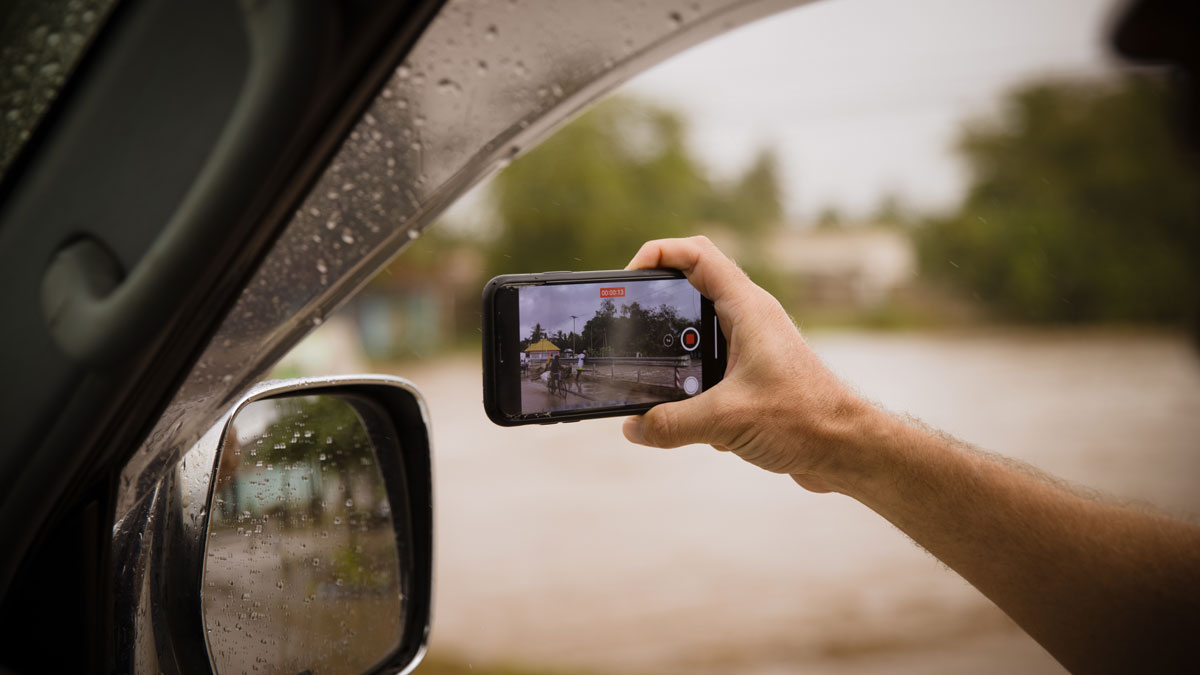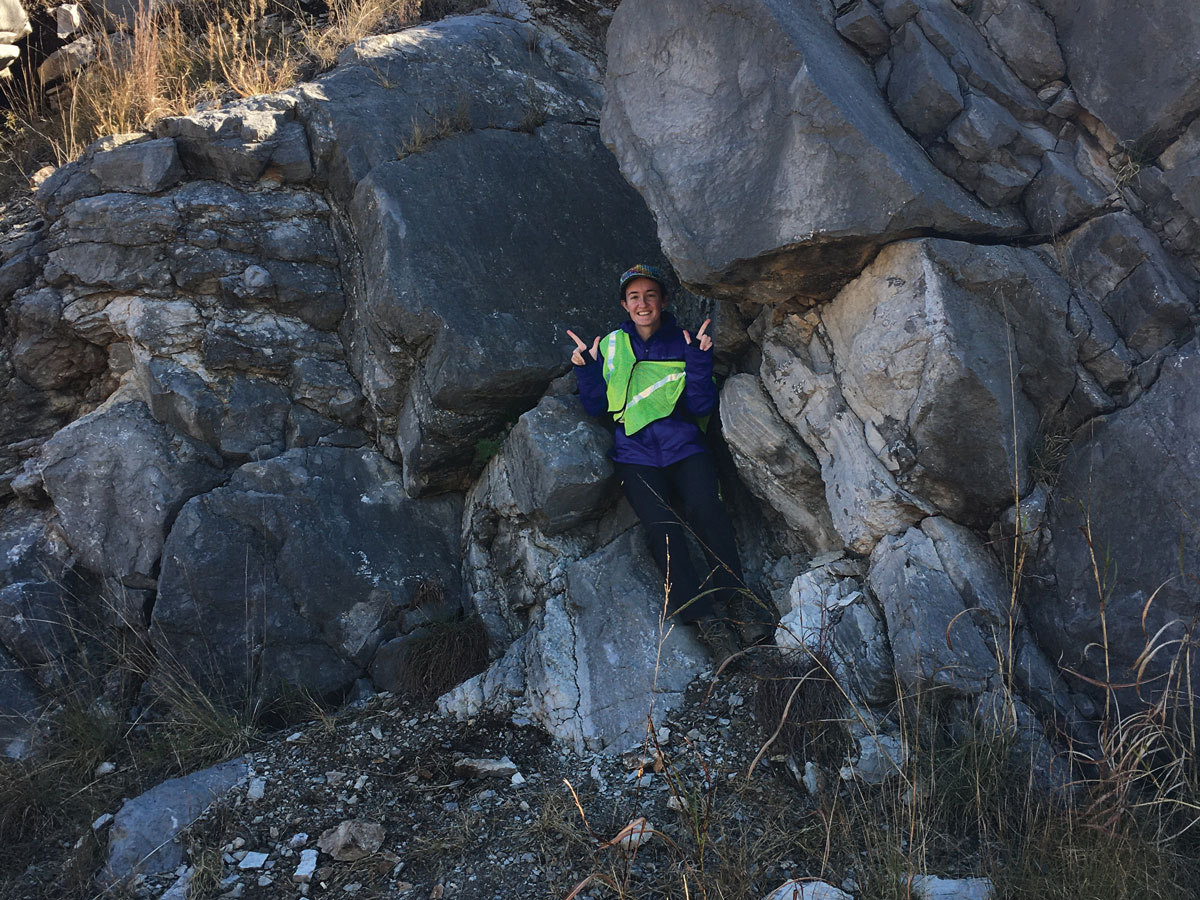Earth science graduate students and scientific illustration undergraduates teamed up to create accessible, engaging visualizations of research that transcend limitations of using language alone.
science communication
Climate Journalism Needs Voices from the Global South
Scientists from Africa, South America, and South Asia are more rarely consulted than their peers in the Global North. A new database aims to change that.
Strategies for Successful Collaborative Writing
Lessons learned and applied during a recent workshop can help authors, from students to seasoned professionals, work together to produce more equitable and effective writing.
Our Favorite Science Stories of 2022
Which Earth and space science stories stood out this year?
Este no es el ciclo del agua que conociste en tu infancia
El USGS (servicio geológico de los EE.UU.) acaba de sacar un diagrama del ciclo del agua completamente renovado, con los humanos como protagonistas.
Not Your Childhood Water Cycle
The USGS just debuted a complete remaking of the water cycle diagram—with humans as headliners.
Las redes sociales complementan a la ciencia durante los desastres naturales
La información compartida en las plataformas de redes sociales podría ayudar a los científicos a recopilar datos en tiempo real y ayudar a las agencias en los esfuerzos de ayuda.
Simpler Presentations of Climate Change
The basics of climate change science have been known for a long time, and the predicted impact of a doubling of atmospheric carbon dioxide on global temperature hasn’t changed much in 100 years.
Social Media Supplements Science During Natural Disasters
Information shared on social media platforms could help scientists gather real-time data and assist agencies in relief efforts.
Lauren Haygood: Normalizing STEM in America’s Heartland
Community science builds bridges while generating valuable environmental data.










